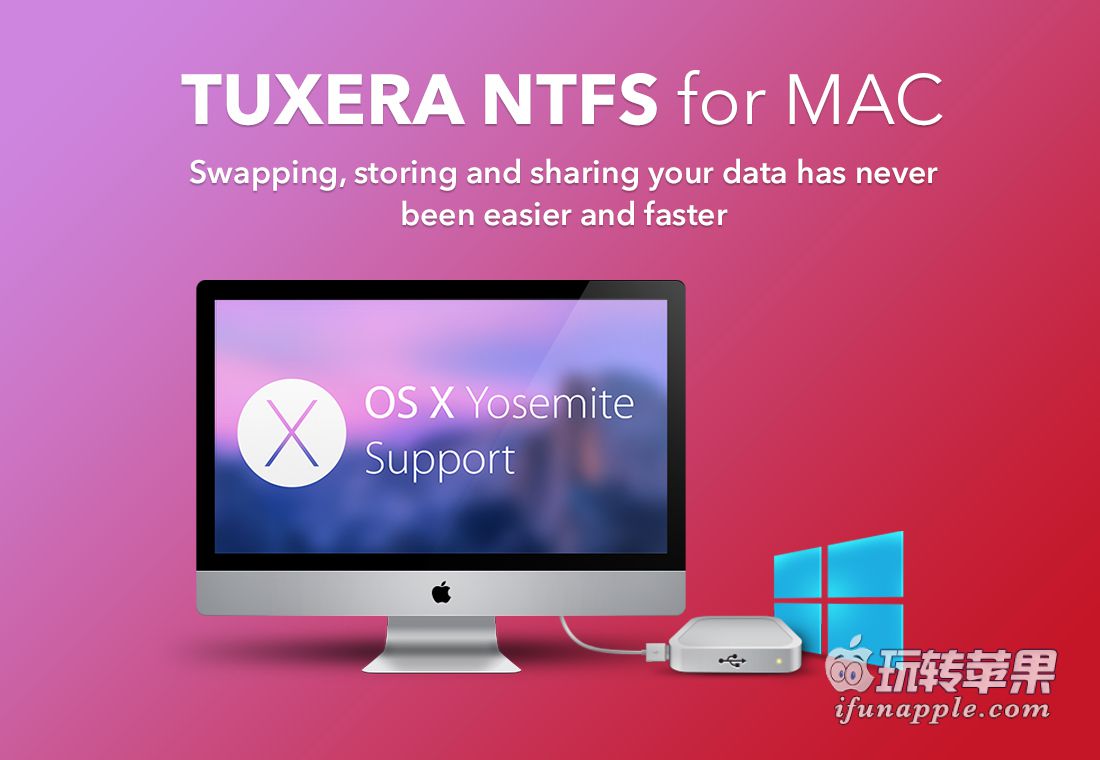This is probably obvious to many, but it might be useful anyway: You can use a Windows XP installation in Parallels Desktop VM to get around the read-only limitation of Mac OS X's NTFS file system. Parallels Desktop Upgrade to Windows 7 will connect to the Parallels update server and check for available updates. If there is a newer version of Parallels Desktop Upgrade to Windows 7 available, you will be offered to download and install the most recent version of the program. Parallels HDS Recovery Software is a fully authenticate utility which is well suitable to recover files from Parallels virtual machine disks having NTFS & FAT file systems. It is compatible with all variants of major file systems i.e. FAT, FAT16, FAT32, FAT64, NTFS, HFS+, and EXTX. Retrieve Data If VM Failed to Start.
A file or directory can contain a reparse point, which is a collection of user-defined data. The format of this data is understood by the application which stores the data, and a file system filter, which you install to interpret the data and process the file. When an application sets a reparse point, it stores this data, plus a reparse tag, which uniquely identifies the data it is storing. When the file system opens a file with a reparse point, it attempts to find the file system filter associated with the data format identified by the reparse tag. If a file system filter is found, the filter processes the file as directed by the reparse data. If a file system filter is not found, the file open operation fails.
For example, reparse points are used to implement NTFS file system links and the Microsoft Remote Storage Server (RSS). RSS uses an administrator-defined set of rules to move infrequently used files to long term storage, such as tape or optical media. It uses reparse points to store information about the file in the file system. This information is stored in a stub file that contains a reparse point whose data points to the device where the actual file is now located. The file system filter can use this information to retrieve the file.
Reparse points are also used to implement mounted folders. For more information, see Determining Whether a Directory Is a Mounted Folder.
The following restrictions apply to reparse points:
Reparse points can be established for a directory, but the directory must be empty. Otherwise, the NTFS file system fails to establish the reparse point. In addition, you cannot create directories or files in a directory that contains a reparse point.
Reparse points and extended attributes are mutually exclusive. The NTFS file system cannot create a reparse point when the file contains extended attributes, and it cannot create extended attributes on a file that contains a reparse point.
Reparse point data, including the tag and optional GUID, cannot exceed 16 kilobytes. Setting a reparse point fails if the amount of data to be placed in the reparse point exceeds this limit.
There is a limit of 63 reparse points on any given path.
Windows Server 2003 and Windows XP: There is a limit of 31 reparse points on any given path.
Parallel Nfs
In this section
Parallels Nfr
| Topic | Description |
|---|---|
| Reparse Point Tags | Each reparse point has an identifier tag so that you can efficiently differentiate between the different types of reparse points, without having to examine the user-defined data in the reparse point. |
| Reparse Point Operations | Describes the reparse point operations that you can perform by using DeviceIoControl. |
| Reparse Points and File Operations | Describes how reparse points enable file system behavior that departs from behavior most Windows developers expect. |
Parallels Netflix
fboisseau
Member
So I was wondering if someone knew of a free or cheap software that would run under Mac that would allow me to make binary or sector by sector copies of the drives. I do not need to expand or shrink the files systems, but I may need to put more then one different file system on a single drive.
What I would like to be able to do is create a .dmg of the drive on the new drive, if possible.
Thank you

